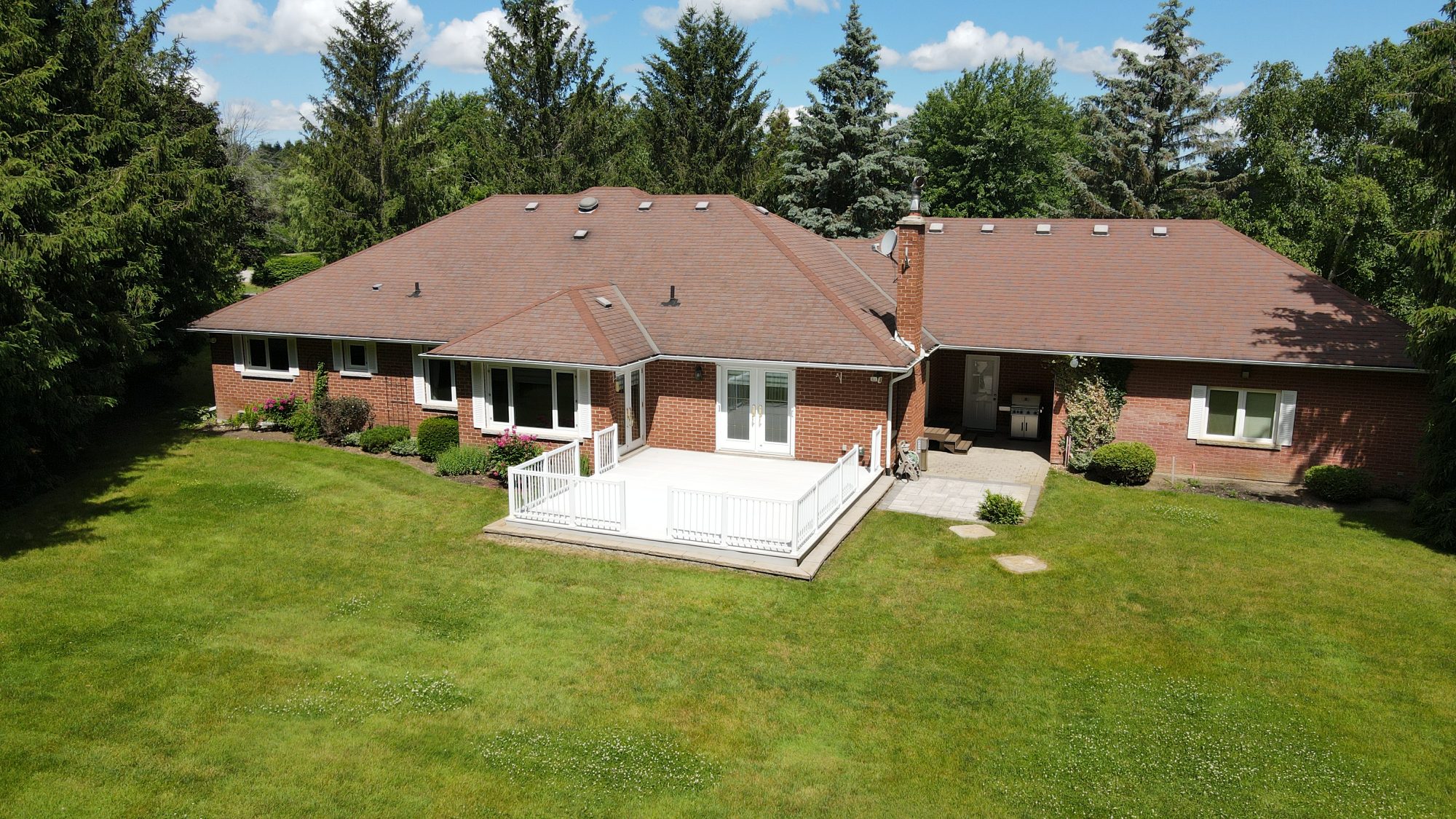Aerial Edge: The Role of Drones and Video in MLS Listings
In the competitive world of real estate, presentation is paramount. With the advancements in technology, real estate agents are continuously enhancing their listings to attract potential buyers. Among the most effective tools are drones, photography, and video content.
The Statistics Speak
Recent studies indicate a significant disparity in engagement between MLS listings that incorporate drone video, professional photography, and those relying solely on photographs. Listings with drone footage and videos can see homes sold up to 68% faster compared to those without such dynamic visual content. Additionally, homes using these technologies often command a higher selling price, potentially increasing the value by 5-10%.
One survey by the National Association of Realtors highlighted that 83% of home sellers prefer agents who use drones and videos to market their properties. This demand reflects a broader trend amongst tech-savvy buyers who are keen to visualize a space fully.
The Drone Advantage
Drones provide an aerial perspective that static photographs cannot match. They allow potential buyers to grasp the layout of a property within its neighborhood context, showing off nearby amenities, landscapes, and the expansiveness of a property. This bird’s-eye view can effectively highlight unique features like a sprawling backyard, a beautiful garden, or proximity to parks and schools.
Video: Storytelling in Motion
Video tours extend the narrative beyond what still images can convey. They offer a more immersive experience, allowing buyers to appreciate the flow and functionality of a home. Listings with videos receive up to 403% more inquiries than those without, as per real estate video marketing studies.
The Traditional Photo Listing
Traditional photo listings without drone or video content still hold value, particularly for smaller properties or those within budget-conscious markets. However, these listings are at a statistical disadvantage in today’s market, where buyers prefer more comprehensive virtual experiences.
Conclusion
Adapting to these new technologies is not just a trend but a necessity in the modern real estate landscape. By embracing drones and video content, agents not only enhance the appeal of their listings but also meet the evolving expectations of today’s buyers. As technology continues to advance, it will be interesting to see how these tools evolve and continue to drive real estate marketing strategies forward.
Leveraging these technologies can provide an edge in the competitive real estate market, making properties more attractive and accessible to a wide range of potential buyers.

